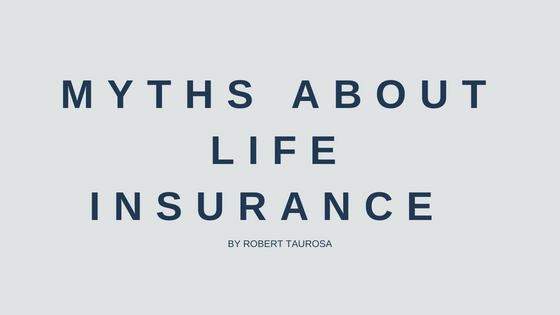From an early age, especially in the U.S., life insurance is a concept most people are relatively familiar with. While the concept is familiar, most people are unaware of the truths versus the myths; and let’s be honest, who wants to think about and plan for their death and its impact on their loved ones? However, life insurance is one thing that a majority of people need. Here are the most common life insurance misconceptions and truths.
- Because of this, this, and this, I don’t need life insurance.
Maybe you are single. Perhaps you are a stay-at-home parent. Maybe you are married but have no dependents. Perhaps you are young and healthy. Even people within these groups of maybes could use life insurance. For example, a single woman might think that she doesn’t need the protection, so she chooses to opt-out, but if the worst happens, her medical bills and funeral costs will need to be covered by her family, such as parents, grandparents, etc. If the uninsured were a stay-at-home parent, the breadwinner would not only need to pay for funeral and medical costs but also for childcare costs to return to work.
- I can’t afford it, or I am unqualified for life insurance.
Studies show that 80% of people surveyed, millennials, in particular, overestimate the price for an insurance policy. In fact, millennials overestimated the costs by 213% on average, and Gen Xers overvalued by 119%. For example, when asked how much the annual price for a 20-year, $250,000 term life insurance policy for a healthy 30-year-old, respondents gave a median estimate of $400-$600/year. The actual cost is $160 annually.
In the same way that people overestimate the price of life insurance, people overestimate the cost of adverse health on life insurance. There are a lot of companies that cover a range of health conditions, some that specialize in high-risk cases, and even some who offers policies that are not medically underwritten. They do tend to be more expensive and have lower coverage limits, but even still, most people assume the coverage and price will be worse than it is. For example, a 50-year old man with high cholesterol and a family history of heart disease can buy a 20-year, $250,000 policy for $46/month according to NerdWallet’s comparison tool.
- Beneficiaries have to pay income taxes from the proceeds.
According to the IRS, or International Revenue Service, life insurance benefits are typically income-tax-free and do not have to be reported. Now, if there is a source to trust on this subject, its that organization. The income-tax-free money is provided to your family to help pay for numerous things, such as funeral expenses, a mortgage, college tuition, etc.
